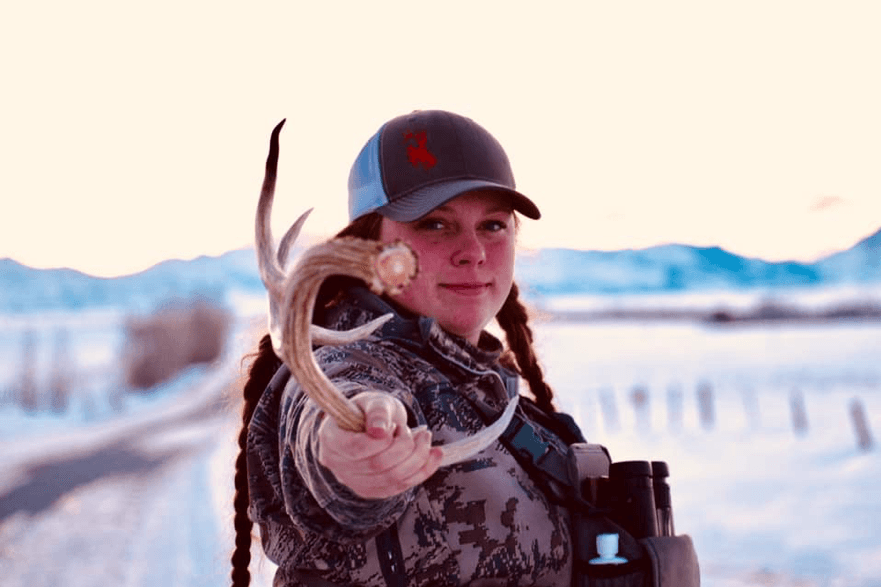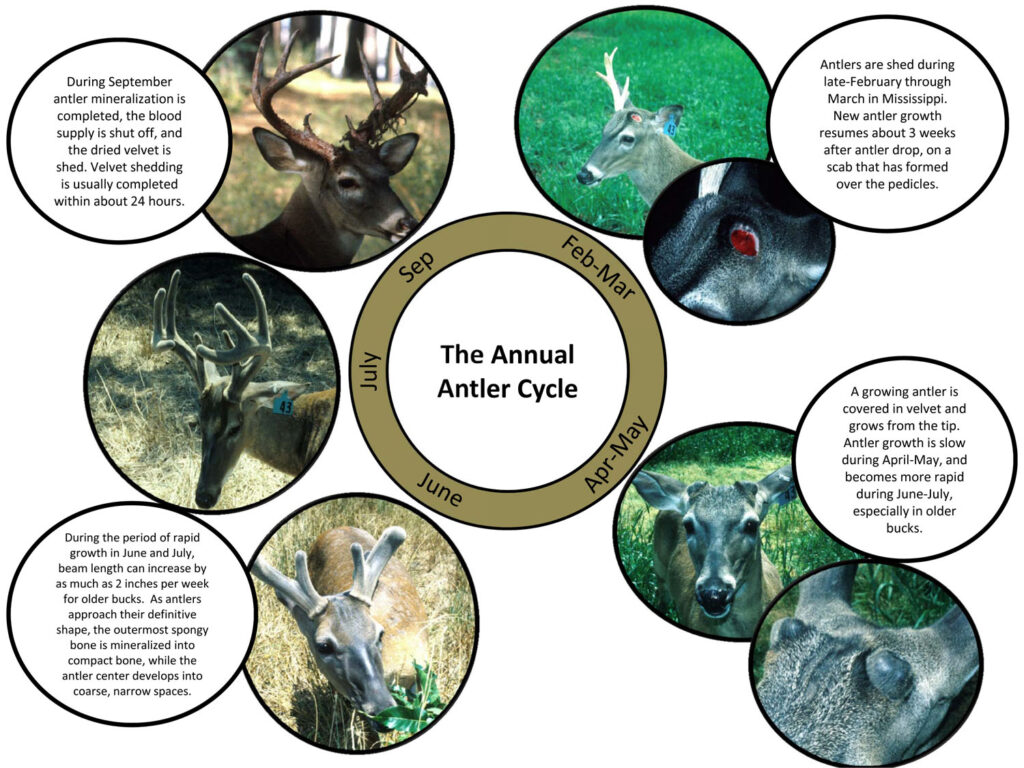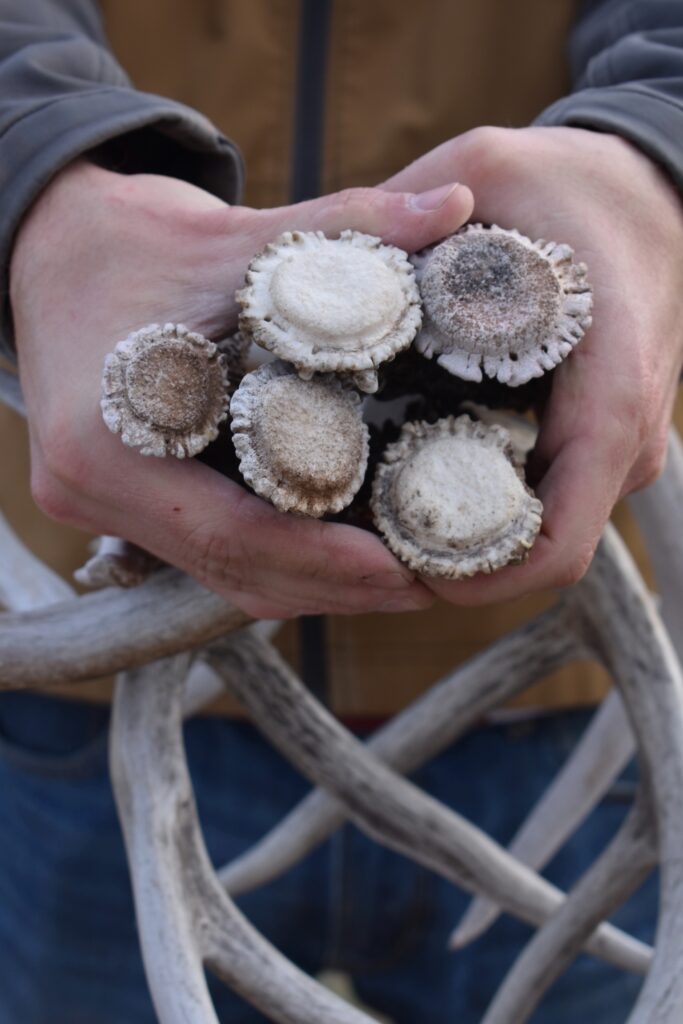Ever wondered how deer shed their majestic antlers? Discover the captivating biology and environmental triggers behind this annual spectacle that keeps nature enthusiasts on the edge of their seats. Get ready to dive into the intriguing world of deer antler shedding!

Understanding the Biology of Antler Growth
Deer antler shedding is a fascinating natural phenomenon that occurs annually in many deer species. To truly appreciate the shedding process, it's important to understand the biology behind antler growth.
Antlers are bony structures that grow on the heads of male deer (those big bucks we love!). They are composed of living tissue and are the fastest-growing type of mammalian bone. Antlers start growing in the spring and continue to develop throughout the summer months. During this time, the blood supply to the antlers is rich, providing essential nutrients for their growth.
As the antlers develop, they are covered in a soft tissue called velvet, which contains blood vessels and nerves. This velvet layer supplies oxygen and nutrients to the growing antlers, aiding in their rapid expansion. The antlers are covered in a fuzzy velvet appearance during this stage, making them sensitive to touch.

Factors that Trigger Antler Shedding
Various factors influence the shedding of deer antlers. While the exact triggers may differ among species and individual deer, there are a few common factors that play a role in initiating the shedding process.
One significant factor is the photoperiod, which refers to the duration of daylight. As the days become shorter in the fall, deer experience hormonal changes that influence antler shedding. Reduced daylight exposure triggers a decrease in testosterone levels, which leads to the weakening of the tissue connecting the antlers to the deer's skull.
{{The Anatomy of a Deer: From Antlers to Hooves}}
Additionally, nutrition plays a vital role in antler shedding. A deer's diet directly impacts the quality of its antlers. A well-nourished deer is more likely to have stronger antlers, while poor nutrition can result in weaker antlers that shed earlier.
Genetics also play a part in antler shedding. Different deer species have varying genetic predispositions for antler shedding patterns. Some deer may shed their antlers earlier or later than others due to their genetic makeup.
The Process of Antler Shedding
Antler shedding occurs in a precise and orderly manner. Once the triggers are set in motion, the process unfolds over a period of several weeks.
The first sign of antler shedding is the drying up of the velvet. As summer transitions to autumn, the blood flow to the antlers decreases, causing the velvet to wither and peel away. Deer may rub their antlers against trees and bushes to hasten the removal of the velvet, relieving the itchiness caused by its presence.
Once the velvet is shed, the antlers harden and detach from the deer's skull. This process is facilitated by specialized cells called osteoclasts, which absorb the bone tissue where the antlers are attached. The weakened connection allows the deer to eventually shed the antlers entirely.
After shedding, the deer's pedicles, the bony structures from which the antlers grow, remain on its skull. These pedicles serve as the foundation for new antler growth in the following spring.

The Importance of Antler Shedding for Deer
Antler shedding is crucial for the overall health and reproductive success of deer. Shedding allows deer to grow new, larger antlers each year, which are important for various aspects of their lives.
During the mating season, male deer, or bucks, use their antlers to establish dominance and compete for mates. Larger antlers provide an advantage in this competition, as they demonstrate the buck's strength and genetic fitness. Shedding and regrowing antlers ensure that bucks have a chance to improve their antler size and quality with each passing year.
Antler shedding also helps deer conserve energy during harsh winter months. Shedding heavy antlers reduces the deer's weight, making it easier for them to navigate through snow-covered landscapes and find food. This energy conservation is vital for their survival and well-being.
Human Uses of Deer Antlers
While deer antlers have primarily been used by deer for mating and survival purposes, humans have found various uses for them as well. Antlers have been used for centuries in traditional medicine for their supposed healing properties, and in some cultures, they are still used today. Additionally, antlers are often used in decorative items such as chandeliers, furniture, and jewelry.
{{We have a great post on what to do with those antler sheds! Read Restore Antler Sheds:: How to Clean Antler Sheds now!}}
Some people even collect shed antlers as a hobby or for their aesthetic value. However, it's important to note that in many areas, it is illegal to collect shed antlers without a permit, as it can disrupt the natural ecosystem and harm wildlife.
The Versatile Uses of Deer Antlers
Deer antlers shed, and these fascinating natural structures serve various purposes beyond their aesthetic appeal.
The Artistic Realm
When it comes to artistic expression, deer antlers have long captivated human imagination. From ancient times to the present day, artisans and craftsmen have harnessed the beauty and versatility of antlers to create stunning works of art. Intricately carved antler sculptures, delicate jewelry, and ornate decorative pieces are just a few examples of how artists transform these natural wonders into captivating masterpieces.
Functional Tools and Implements
Deer antlers have also found practical applications in various tools and implements. Throughout history, antlers have been fashioned into handles for knives, daggers, and other cutting tools. The unique structure of antlers, with their natural branches and tines, provides a comfortable grip and adds an element of artistry to these functional objects.
Ancient Traditions and Rituals
Across cultures and civilizations, deer antlers have held profound symbolic significance. In many indigenous traditions, antlers are revered as powerful symbols of strength, agility, and vitality. They are often incorporated into sacred rituals, ceremonies, and dances, embodying the spirit of the deer and connecting humans to the natural world.
Medicinal and Therapeutic Benefits
Beyond their symbolic and aesthetic value, deer antlers have also been sought after for their potential medicinal and therapeutic benefits. In traditional Chinese medicine, antler extracts have been used for centuries to promote vitality, strengthen the immune system, and support overall health. These extracts are believed to possess rejuvenating properties and are used in various herbal formulations.
Nutritional Supplements
Deer antler shedding has even paved the way for the development of nutritional supplements. Some companies harvest the antlers during the shedding process and process them into dietary supplements. These supplements are often marketed as a source of natural growth factors, minerals, and amino acids that can support joint health, muscle growth, and overall well-being.
Sports and Recreation
The sporting world has also embraced the allure of deer antlers. In certain sports, such as archery, the use of antler sheds has become popular for crafting unique arrowheads. The natural strength and durability of antlers make them an ideal material for creating high-performance arrowheads that deliver accuracy and precision.
Fashion
In recent years, a growing movement towards ethical and sustainable fashion has led to innovative uses of deer antlers in the design industry. Antler sheds are collected without harm to the deer, and their natural beauty is harnessed to create exquisite accessories, such as buttons, buckles, and jewelry.
Conservation and Education
Finally, deer antler sheds offer valuable opportunities for conservation and education. Wildlife organizations and nature centers often collect antlers to educate the public about deer behavior, habitat conservation, and the significance of antler shedding in the natural world. These educational initiatives help foster a deeper appreciation for wildlife and promote the importance of preserving natural habitats.
Your questions about deer antler sheds answered:
Do antlers fall off every year?
Yes, antlers do fall off every year. Shedding is a natural process that occurs in deer and many other species of the deer family. It is a cyclical event that typically takes place annually.
What happens to deer antlers when they fall off?
When deer antlers fall off, they are often left on the ground or scattered in the surrounding area. These shed antlers can serve as a valuable resource for wildlife enthusiasts, hikers, and crafters who use them for various purposes.
What time of year do deer shed their antlers?
The timing of antler shedding varies depending on several factors, including the species of deer and the individual deer themselves. Generally, deer shed their antlers during the late winter or early spring months. However, the exact timing can differ between regions and populations.
Is shedding antlers painful for deer?
No, shedding antlers is not painful for deer. The process is natural and does not cause discomfort. Prior to shedding, deer experience a decrease in testosterone levels, which weakens the tissue connecting the antlers to their skulls. This allows the antlers to detach easily without causing pain or distress to the deer.



